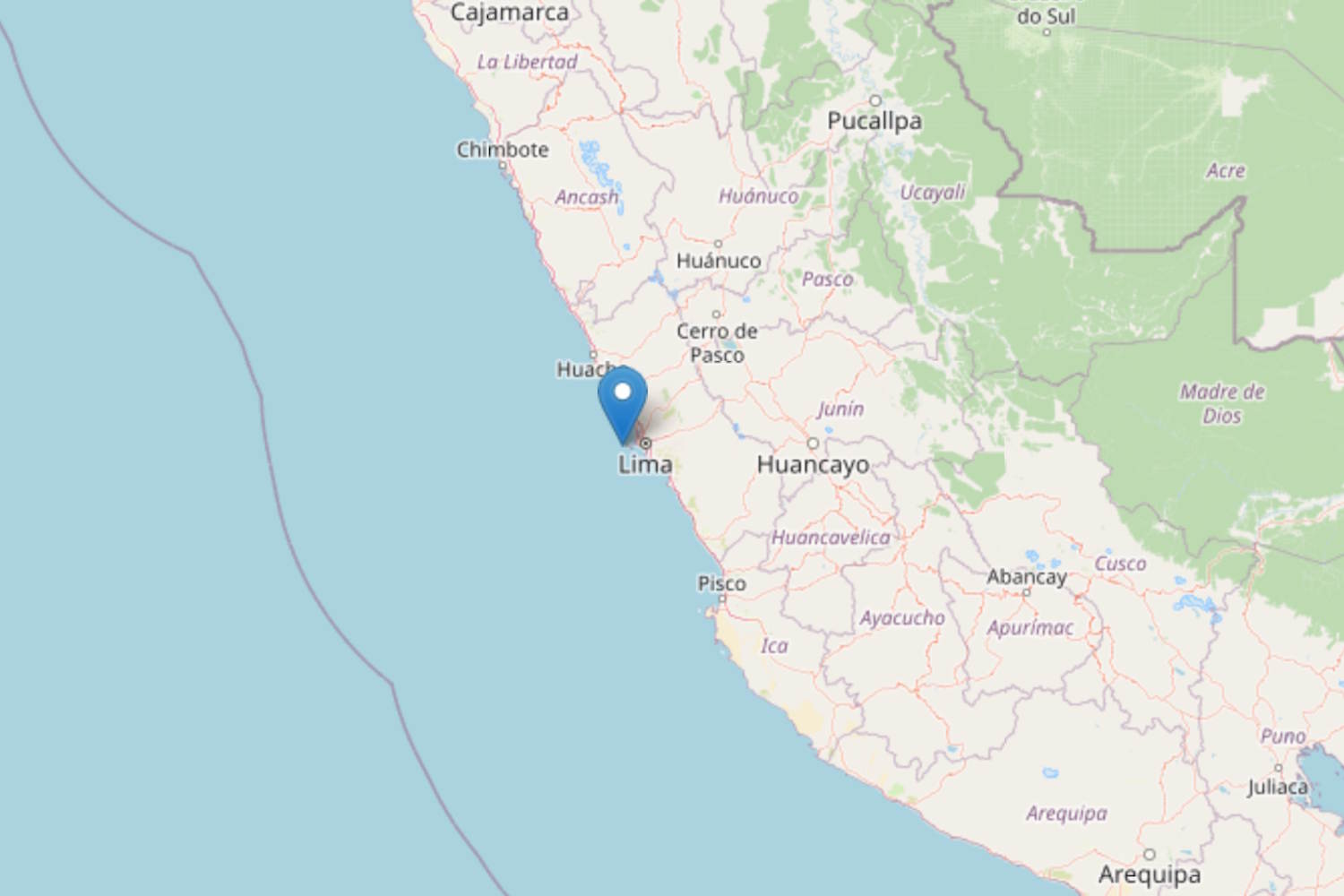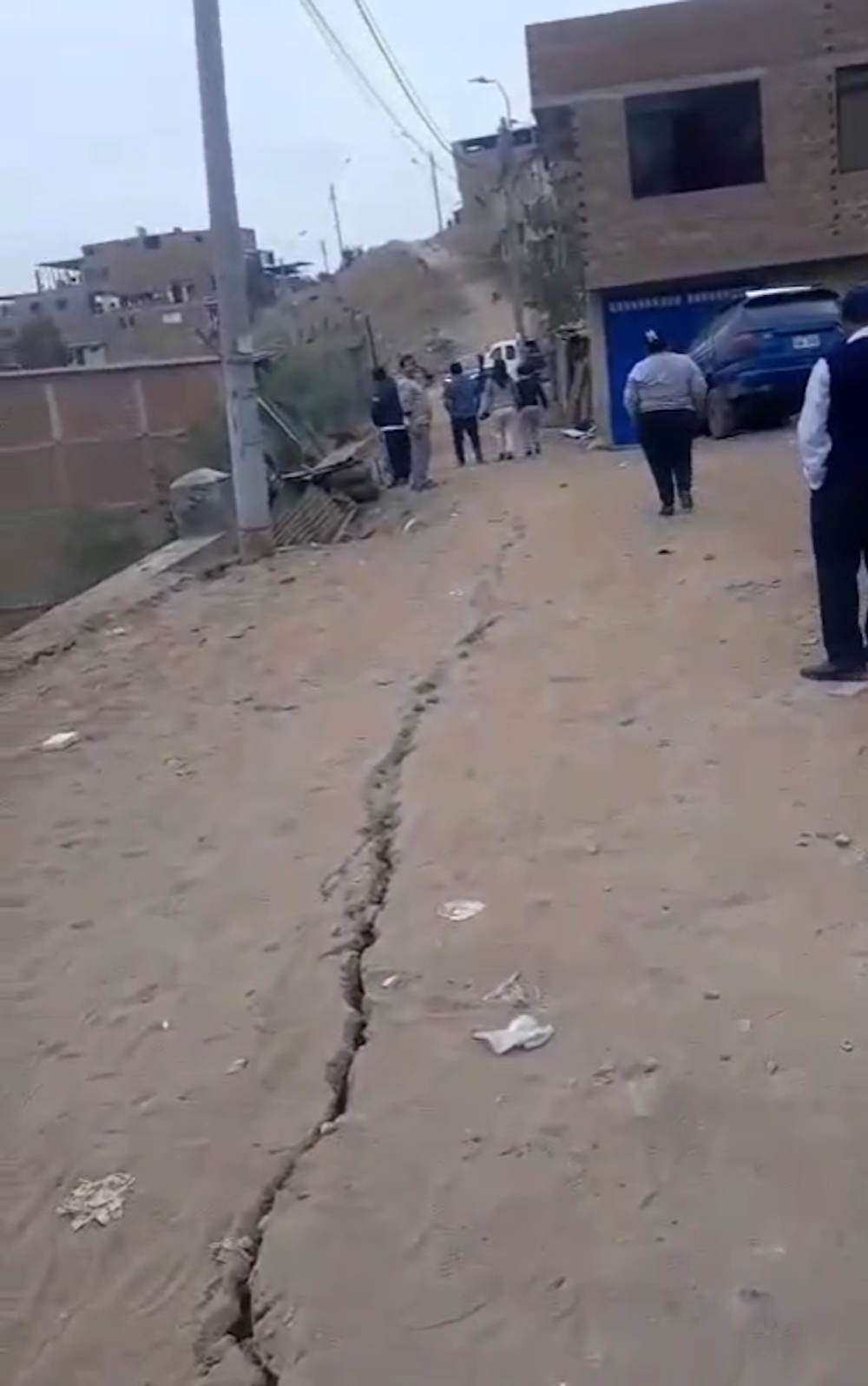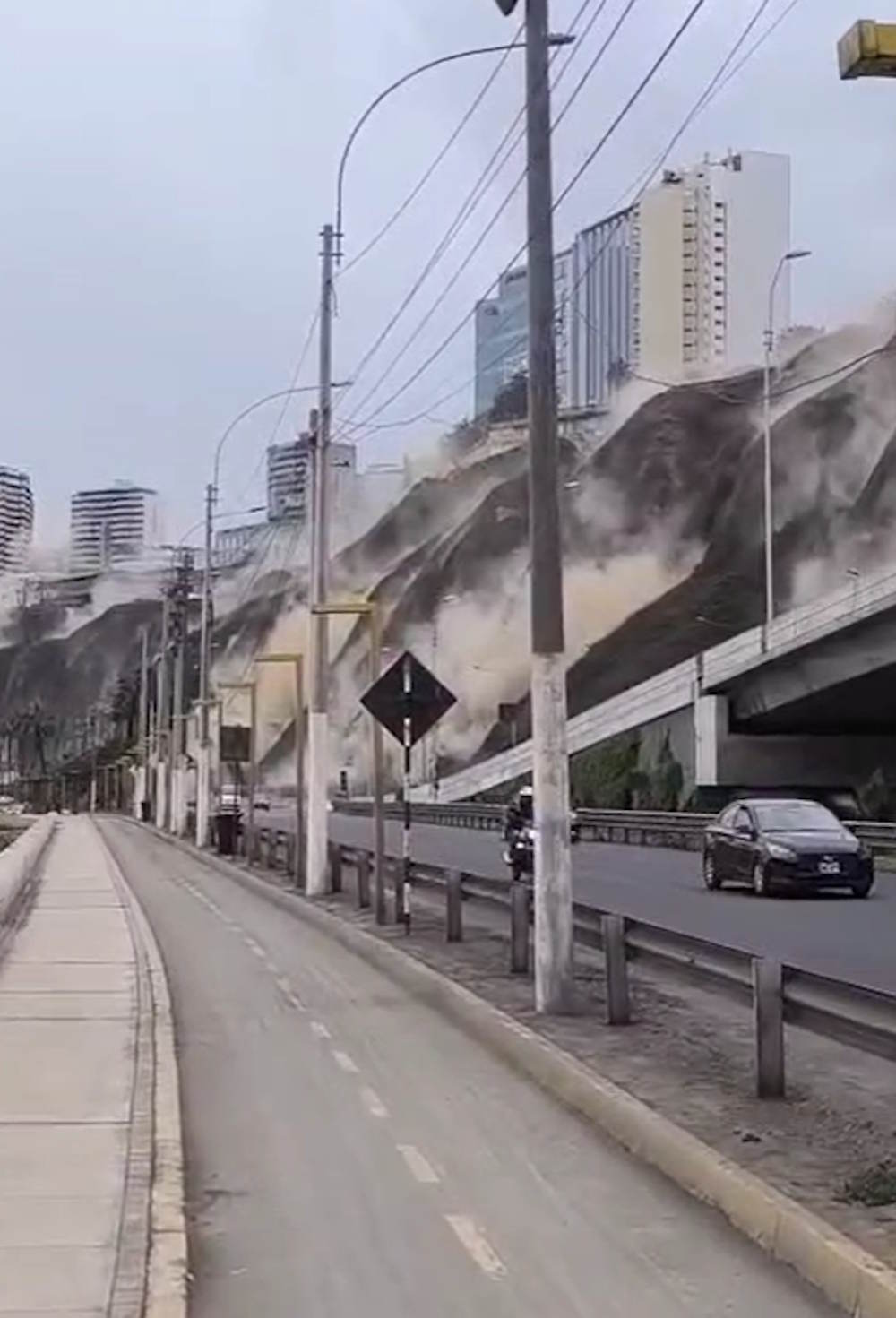A strong earthquake near Lima, Peru, has caused at least one death and widespread alarm. Magnitude estimates range from 5.8 to 6.1, with aftershocks continuing.

©INGV
It happened in the late afternoon, while people were still out on the streets. In the area surrounding Lima, Peru, the ground shook violently—and it didn’t stop with one tremor.
A strong earthquake, with a magnitude reported between 5.8 and 6.1, struck just outside Lima, rattling buildings, panicking residents, and sadly leaving at least one person confirmed dead. The initial shock has been followed by a series of aftershocks, and the situation on the ground remains uncertain and tense.
The discrepancy in magnitude isn’t trivial
The strongest tremor, recorded at 6:35 p.m. U.S. Eastern Time. The United States Geological Survey recorded the earthquake at a magnitude of 5.6 (M_W scale), with the epicenter approximately 14 miles (23 km) southwest of Callao, about 33 miles (53.5 km) below the surface
REPORTE SÍSMICO
IGP/CENSIS/RS 2025-0396
Fecha:15/06/2025 11:35:27
Mag:6.1
Prof:49km
Lat:-12.18
Long:-77.39
Int:IV Provincia Constitucional del Callao
Ref:30 km al SO de Provincia Constitucional del Callao , Callao – Lima— Instituto Geofísico del Perú (@igp_peru) June 15, 2025
Now, this might sound like a small difference, but on the logarithmic Richter scale, it’s anything but minor. As seismologists well know, a jump of just 0.1 in magnitude corresponds to 1.26 times more energy released, while a full point increase means 32 times more destructive power. So yes, every decimal counts—and communities on the ground feel the impact.
Tension and fear in the streets
Footage and photos sent to us by local contacts in the region show disturbing scenes: cracked walls, frightened families huddling in open spaces, and widespread confusion. Authorities have yet to provide a full damage assessment, and there’s a cautious tone in all official statements.

©greenMe

©greenMe
For now, one fatality has been confirmed, but search and rescue operations are still underway. The population remains on alert, as aftershocks continue to ripple across the region.
In earthquakes like this, it’s often the hours after the first shock that are most dangerous. Panic can lead to accidents, and weakened structures may collapse under the strain of a second jolt. The hope, always, is that the earth goes quiet again—but there’s no telling when.
Waiting for updates
We will continue to follow this developing story closely. Local time and international monitoring agencies are coordinating their updates, and we expect more detailed information to emerge in the next few hours.
Let’s hope for the best, while preparing for the worst.
